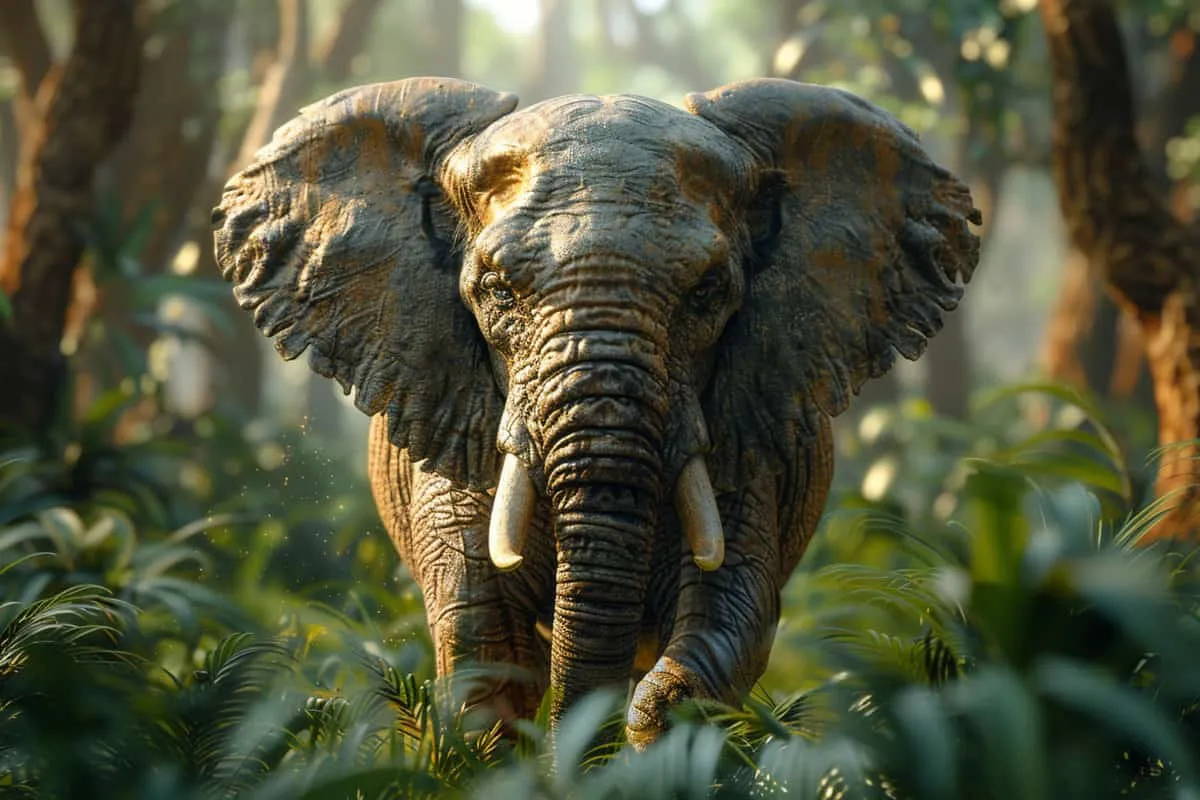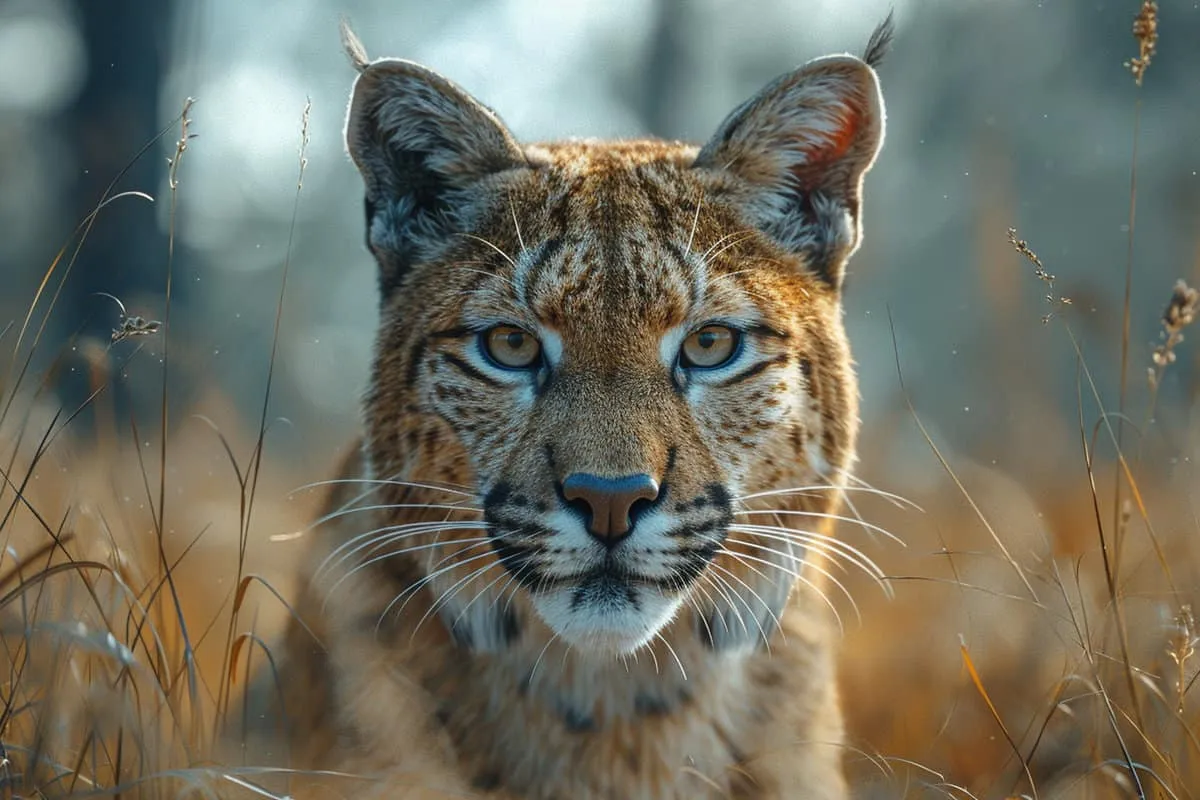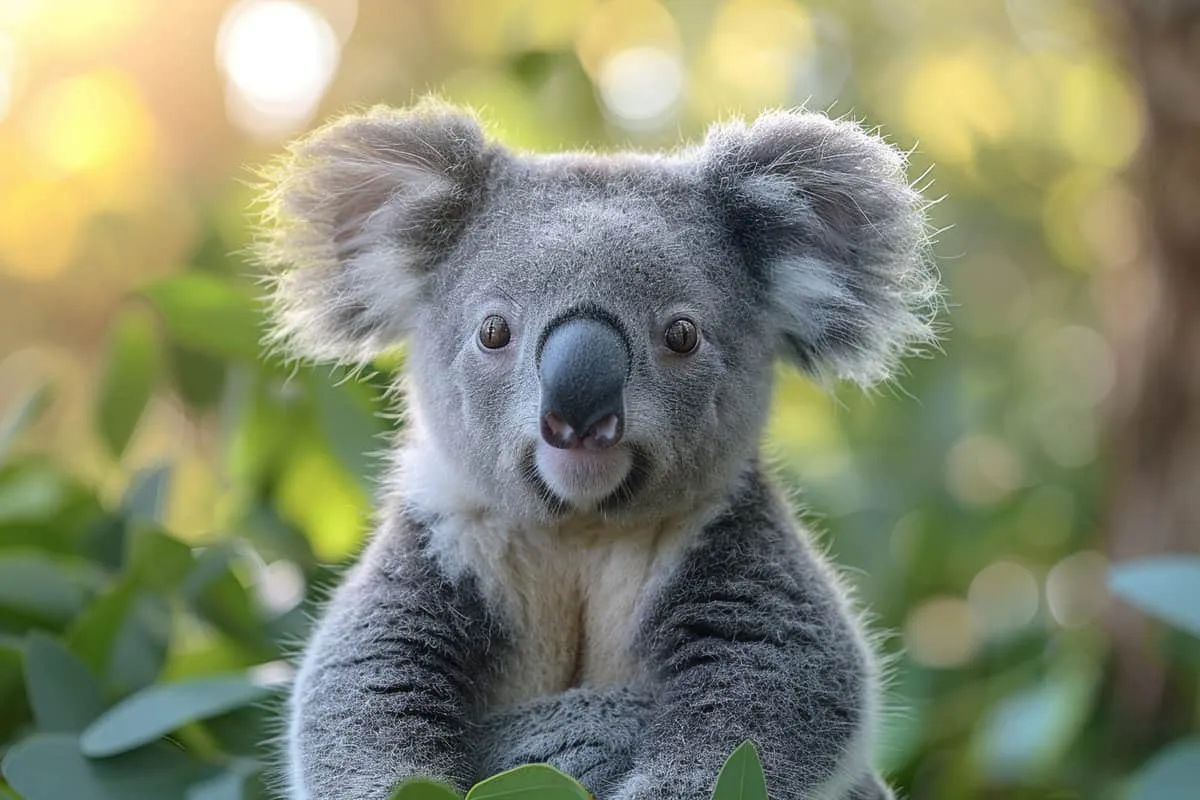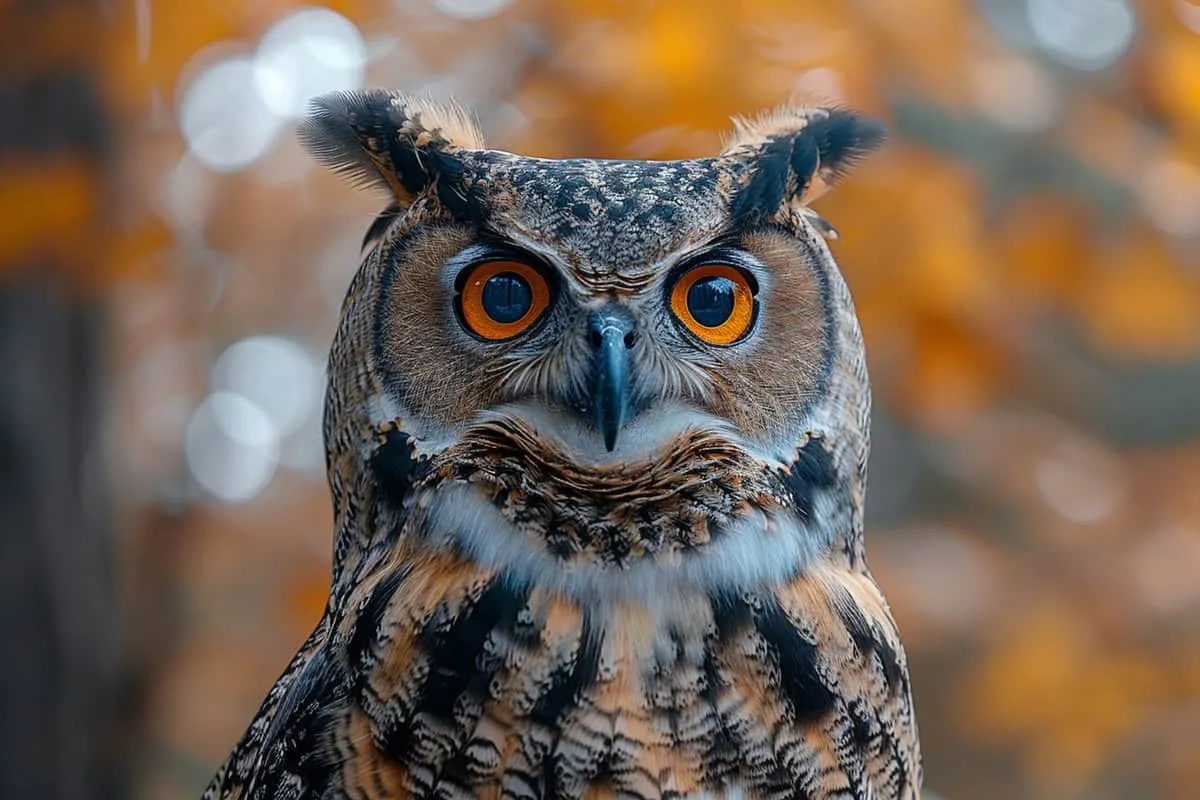10 Elephant Facts (Top Insights into the World’s Largest Land Animal)
Elephants, the gentle giants of the wild, carry a world full of wonders in their hefty frames and majestic presence. From their incredible memory to their unique social behaviors, these creatures never cease to amaze.
But there’s more to them than just being the largest land animals on our planet. They play a crucial role in maintaining the ecological balance and have fascinating ways of communicating and forming bonds within their herds.
Ready to dive into a journey through some of the most astonishing elephant facts? Scroll down as we unveil our top picks that will leave you in awe.
1. Elephants are the largest land animals in the world.
Elephants hold the title of being the largest land animals on our planet. Imagine seeing an animal that can weigh as much as 14,000 pounds! That’s about the same weight as three large pickup trucks stacked together.
Not only are they heavy, but elephants also stand tall, reaching up to 13 feet at the shoulder. It’s like looking up at a two-story building!
Next time you’re near a building, try to imagine an elephant standing right in front of it. Quite a giant, isn’t it?
With such massive sizes come big appetites. Elephants can eat up to 300 pounds of food every single day. They spend most of their waking hours munching on grasses and other plants found on the ground.
Think about eating your body weight in salad every day; that’s what these giants do!
Here are some quick facts:
- Weight: Up to 14,000 pounds
- Height: Up to 13 feet tall at the shoulder
- Diet: Eats up to 300 pounds of food (mainly grasses) daily
Whether it’s a majestic adult or an adorable baby elephant, these animals never cease to amaze us with their sheer size and dietary needs.
2. There are three species of elephants: African Savannah, African Forest, and Asian.
Elephants are not just the giant animals we see in pictures; they come in different types. The African Savannah, African Forest, and Asian elephants each have unique features that set them apart.
African Savannah elephants are known for their impressive size. They boast larger ears that look somewhat like the continent of Africa itself! These giants also have long tusks which can be a sight to behold.
On the flip side, Asian elephants are easier to spot due to their smaller ears and distinctive rounded backs. While they may not carry the same grandeur in terms of ear size or tusk length as their African counterparts, they possess an undeniable charm with their more compact form.
The smallest among these gentle giants is the African Forest elephant. Sadly, it’s not just their size that sets them apart but also their status as the most endangered among the three species. Living within dense forests has made it difficult for them to avoid threats posed by habitat loss and poaching.
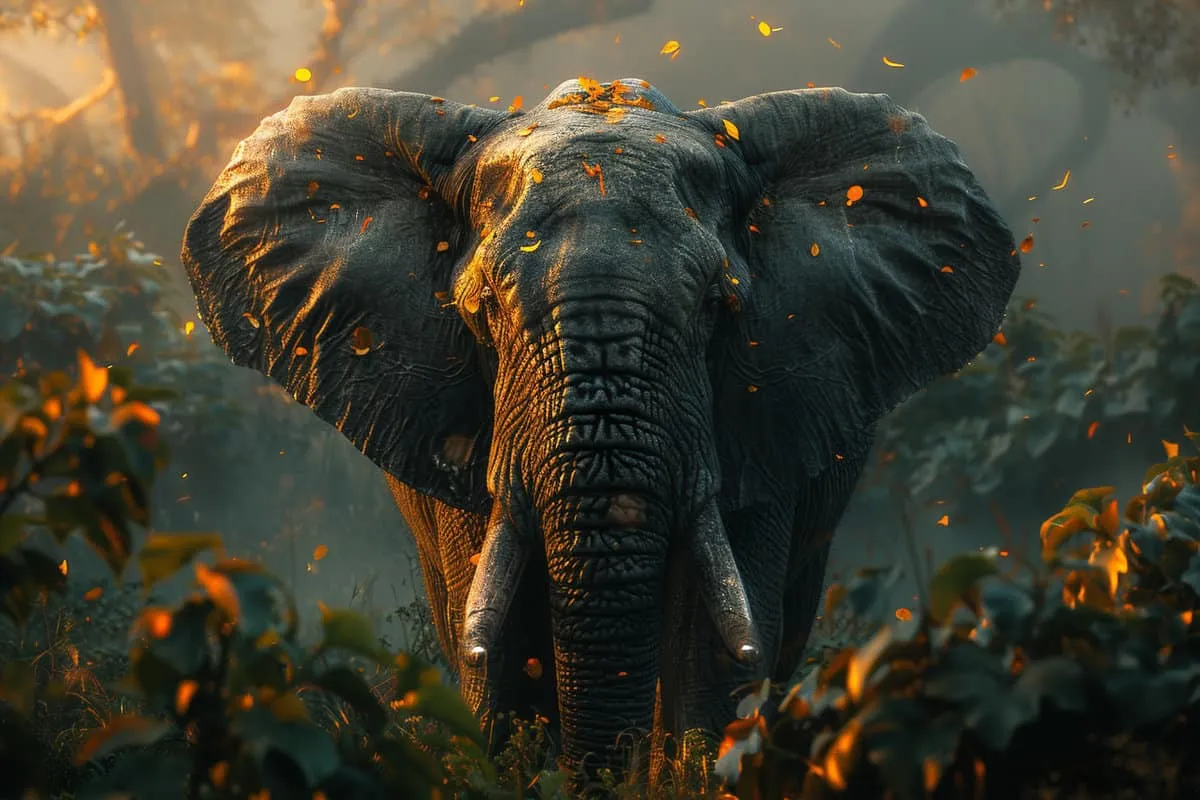
3. Elephants have a highly developed brain, comparable in complexity to humans and dolphins.
Elephants have brains that weigh about 11 pounds, making them the largest of any land animal. This massive brain size is not just for show; it’s a clear indicator of their intelligence and complex emotional capacity. Compared to other animals, elephants are in a league of their own.
These gentle giants exhibit emotions similar to humans, such as joy when they play and anger during conflicts within the herd. Their ability to feel deeply shows how sophisticated their emotional world is.
Observations have shown elephants partaking in behaviors that strongly suggest they experience genuine happiness, sorrow, and even compassion towards others.
Moreover, elephants demonstrate signs of self-awareness and empathy—traits once thought to be unique to humans and some primates.
They can recognize themselves in mirrors, an ability that hints at a level of self-recognition matching that found in dolphins and humans.
Elephants also show concern for the well-being of other members of their species, often going out of their way to help or comfort those in distress.
4. An elephant’s trunk is incredibly versatile, acting as a nose, an arm, a hand, and a multi-purpose tool.
An elephant’s trunk is not just any ordinary nose. Imagine having an arm, a hand, and the ultimate tool all rolled into one—that’s what an elephant has in its trunk. This unique part of their body is a marvel of nature, packed with over 40,000 muscles that allow for incredibly precise movements.
What can this super trunk do?
For starters, it can lift heavy objects weighing more than 700 pounds. Think about that for a second—something as delicate as picking up food and as robust as lifting branches or even trees comes easy to them.
But the trunk’s talents don’t stop at lifting. It plays a crucial role in how elephants interact with their world.
They use it for breathing and smelling, helping them detect water sources or predators miles away. The tip of the trunk is so sensitive; it acts like fingers allowing elephants to touch and grasp smaller items with great care.
Moreover, elephants communicate through their trunks too! By trumpeting or making other sounds, they send messages across vast areas to other members of their herd.
5. Elephants can communicate over long distances using infrasound.
Elephants have a unique way of talking to each other that we can’t hear. They use special low sounds, called infrasound, that go further than any shout or scream we could manage.
Imagine whispering to a friend who’s up to 6 miles away!
These sounds are not just for saying “hello.” Elephants use them for important things like deciding where to move as a group or finding a partner when it’s time to have baby elephants.
It’s like their own secret code that helps keep everyone together and safe.
Staying connected is super important for elephants. They live in families, just like us, but their families can spread out over big areas while looking for food and water.
Using these deep sounds helps them stick together without needing to be side by side all the time.
Think of it as sending an invisible text message through the air or under deep water – even if you’re far away, your family still knows you’re there and what you’re doing.
6. Matriarchal societies govern elephant herds, led by the oldest and often largest female.
In the world of elephants, it’s the females who call the shots. At the head of each herd is a matriarch, usually the oldest and wisest female elephant. Her role is crucial for the survival and well-being of the group.
The matriarch uses her years of experience to guide and protect her family. She remembers where to find water and food, especially during tough times like droughts.
This knowledge isn’t just helpful; it can be life-saving for her herd.
Her decision-making doesn’t stop at finding resources. The matriarch also plays a key role in teaching younger elephants how to socialize within the group. She decides when it’s time to move on in search of better feeding grounds or water sources.
Interestingly, while adult males may leave their birth groups to lead solitary lives or join other male groups temporarily, they play no part in leading these family units. It’s all about girl power here!
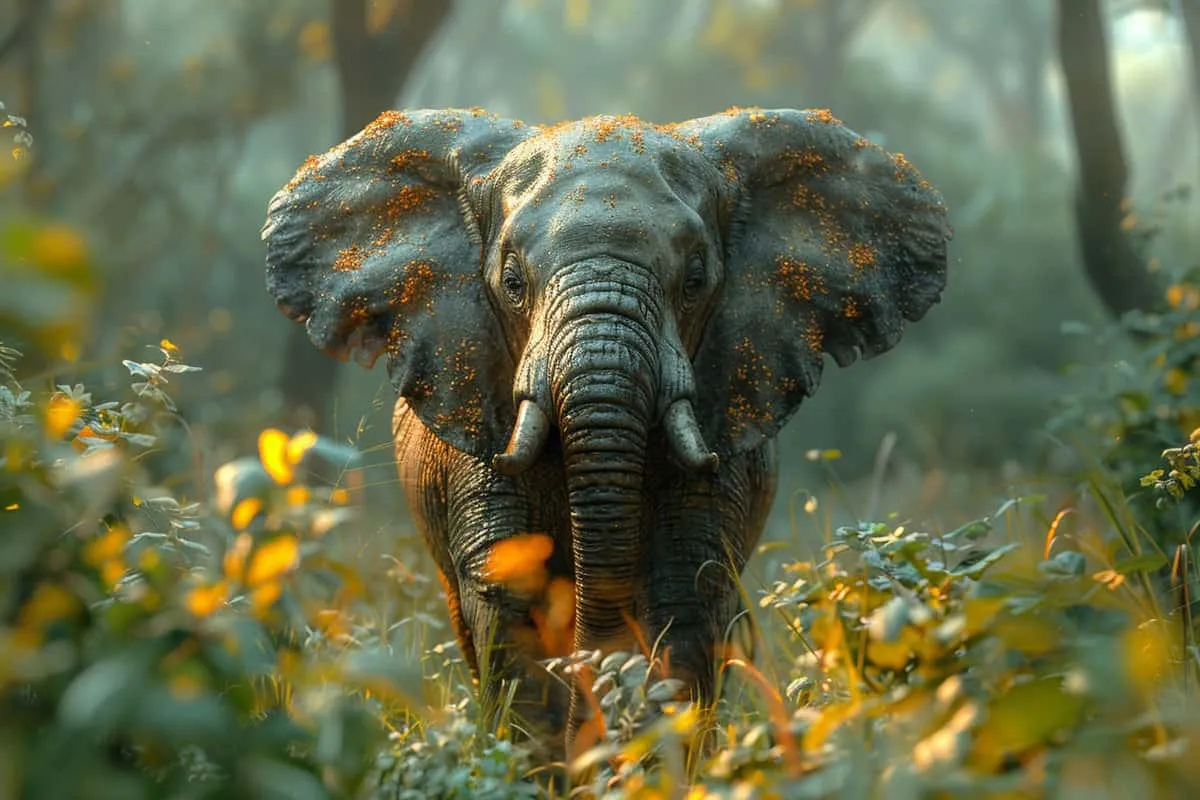
7. Elephants have a profound memory, capable of remembering friends and foes for years.
Elephants are known for their incredible memory, which plays a crucial role in their survival and social interactions.
They can recognize individuals even after being apart for long periods. This ability extends to both family members and other elephants they’ve encountered throughout their lives.
These majestic creatures also remember the locations of water sources across different seasons. Their long-term planning skills are essential, especially during dry seasons when water is scarce.
This knowledge is passed down through generations, ensuring that herds can always find water.
Interestingly, elephants hold grudges against specific animals or humans who pose a threat to them or their community.
These memories of danger help them avoid similar threats in the future.
- Recognize individuals: Whether it’s been days or years since they last met, elephants can recall family members and acquaintances.
- Remember water sources: Their remarkable memory helps them navigate vast landscapes to find water at different times of the year.
- Hold grudges: If an elephant perceives someone as a threat, it may remember this individual for years, demonstrating their capacity for emotional depth.
8. They mourn their dead, showing behaviors that suggest deep feelings of loss and grief.
Elephants have a unique way of dealing with loss. When an elephant dies, the rest of the herd shows signs that they are mourning.
This includes touching and investigating the bones of deceased elephants with their trunks. It’s as if they’re trying to understand what happened or saying goodbye.
They also become very quiet and subdued around death sites. Normally social and communicative creatures, this change in behavior highlights how deeply they feel the loss.
In some instances, elephants have been observed covering the bodies with leaves and soil.
This act is particularly poignant, suggesting a level of respect for their fallen companions not commonly seen in the animal kingdom.
These actions point to complex emotions and social bonds among elephants. Adults lead by example, teaching younger members about these solemn movements through each season of life—and death.
9. Elephants are keystone species, playing a critical role in maintaining the biodiversity of their ecosystems.
Elephants have a big job in their homes – they help keep everything balanced.
When they dig for water during dry times, it’s not just for them. These waterholes become lifelines for other animals too.
Their poop is pretty important as well! It carries seeds far and wide. This helps plants grow in new places, which means more food and shelter for different creatures.
10. The global elephant population is declining due to habitat loss, poaching, and human-elephant conflict.
Every day, over 100 elephants face death due to poaching for ivory or conflicts over territory. This alarming statistic highlights a grim reality for these majestic creatures.
Poachers, driven by the high value of ivory on the black market, often target elephants, leading to significant declines in their populations.
The loss of natural habitats is another critical challenge elephants face.
As forests and savannas are cleared for agriculture or urban development, elephants are pushed closer to human settlements. This proximity increases the likelihood of human-elephant conflicts.
Elephants may wander into farms searching for food, leading to destruction of crops and property which can escalate tensions between communities and wildlife.
To combat these threats, conservation efforts have been ramped up globally. Key strategies include:
- Implementing strict anti-poaching laws.
- Creating protected areas and corridors that allow elephants to migrate safely without coming into contact with human settlements.
- Educating communities living near elephant habitats about coexistence strategies.
These measures aim not just at protecting elephants but also at ensuring that they have enough space to roam freely without encroaching on human territories.
The success of such initiatives requires international cooperation and support from local communities alongside ongoing vigilance against poaching activities.
Frequently Asked Questions
How many species of elephants are there?
There are three species: the African Savannah elephant, the African Forest elephant, and the Asian elephant. Each has unique characteristics but all share the majesty that makes elephants so fascinating.
What can an elephant’s trunk do?
An elephant’s trunk is a marvel; it acts as a nose for smelling, an arm for reaching, a hand for grabbing, and even more.
Imagine having your nose double up as a multi-tool—that’s an elephant’s reality!
How do elephants communicate across long distances?
Elephants use infrasound—low-frequency sounds inaudible to humans—to chat over long distances.
It’s like they have their own private line that stretches miles without needing any cell service!
Who leads an elephant herd?
Elephant herds are matriarchal societies led by the oldest and often largest female.
Think of her as the wise grandmother who knows all the best paths to food and water.
Do elephants really never forget?
Yes, they have incredible memories! Elephants can remember friends and foes for years.
It’s like having your phone contacts in your head; you know exactly who to call (or avoid) at all times.
Why are elephants considered keystone species?
As keystone species, elephants play a crucial role in maintaining biodiversity in their ecosystems.
Their daily activities help shape habitats in ways that benefit countless other organisms. They’re essentially nature’s gardeners on a massive scale!
What threats face global elephant populations today?
The main threats include habitat loss due to human expansion, poaching for ivory, and conflicts with humans when paths cross too closely. These challenges put both African and Asian elephants at risk of dwindling numbers.

